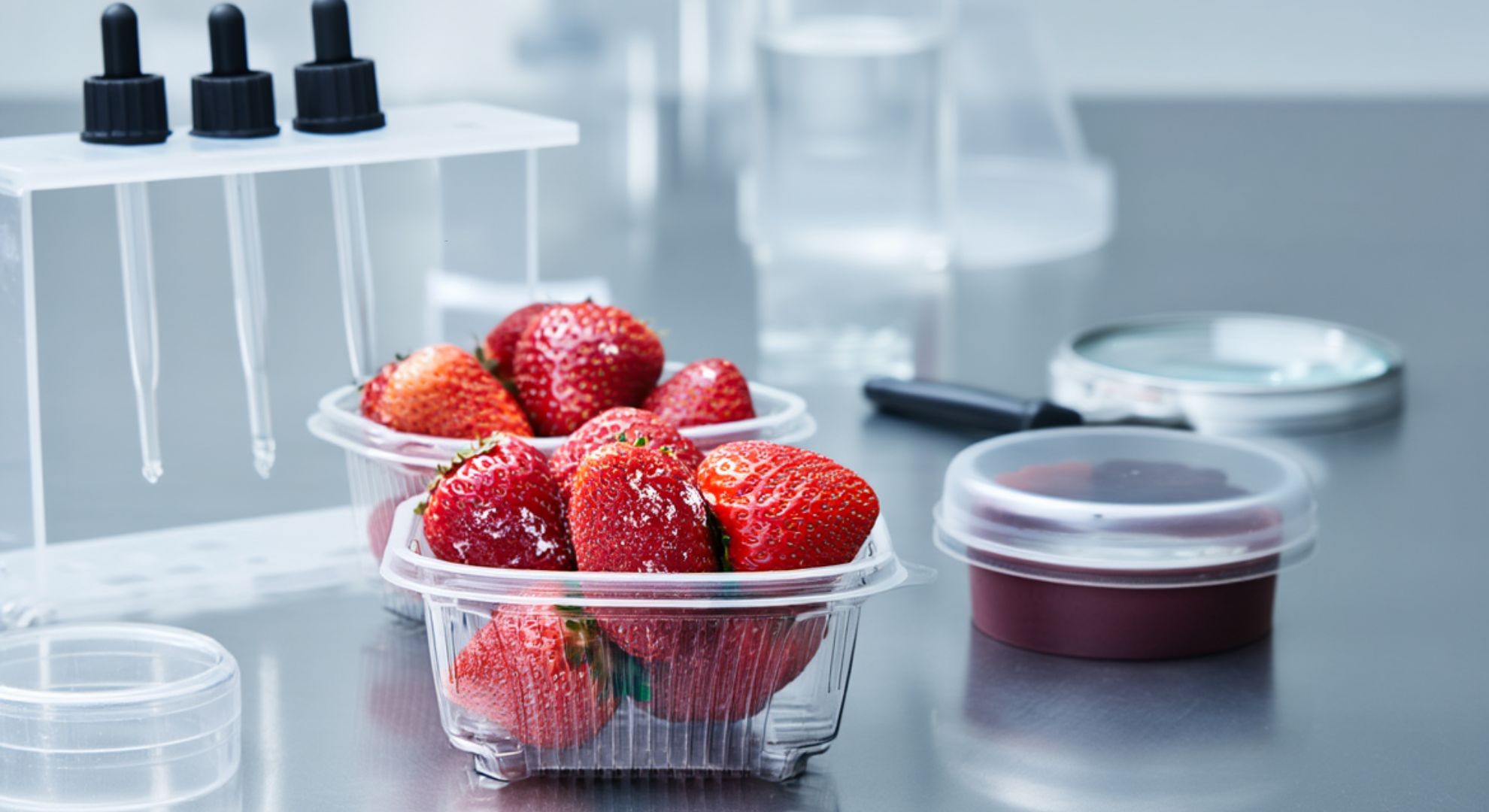Shoppers in Auckland woke up to a worrying note this week, as officials flagged concerns about possible excess pesticide residues in some berries on sale. The language is measured, but the implication is clear: a portion of the fresh supply may have crossed regulatory thresholds, pending verification.
Consumers are understandably anxious, especially with summer snacking in full swing and fruit bowls brimming with seasonal produce. The alert doesn’t mean all punnets are unsafe, but it does underline a risk that’s more common than many assume.
What authorities are saying
Local inspectors and food safety officials have begun targeted checks across retailers, while samples go to accredited labs for confirmatory testing. “We’re acting out of caution, not panic,” said a spokesperson for a national food safety team, noting that the investigation is ongoing and retailers have been cooperative.
Auckland’s public health advisors are encouraging households to wash fruit thoroughly, while avoiding blanket alarm or blanket avoiding. “If a product is unsafe, it won’t remain on shelves,” the spokesperson added.
How residues are regulated
In New Zealand and many jurisdictions, maximum residue limits (MRLs) are set to keep exposures low across a lifetime of consumption. These are not hard toxicity lines, but conservative benchmarks that factor in daily intake, body weight, and cumulative risk.
Exceeding an MRL does not automatically mean a health emergency, yet it triggers regulatory action because it signals a breach of good farming or supply practice. That is why even small overages are taken seriously.
Comparative snapshot
Officials have not released full results, so the following table is an illustrative example of what comparisons typically look like in residue assessments. Values are representative, not case-specific data.
| Pesticide | NZ/Intl MRL (mg/kg) | Example Lab Reading (mg/kg) | Status |
|---|---|---|---|
| Cypermethrin | 0.5 | 0.62 | Slightly above limit |
| Carbendazim | 2.0 | 1.4 | Within limit |
| Spinosad | 1.0 | 0.3 | Within limit |
| Captan | 3.0 | 3.8 | Above limit |
These numbers are illustrative, showing how a sample might be assessed against prevailing limits and flagged for follow‑up.
What lab screens typically find
Modern labs deploy multi-residue methods, often LC‑MS/MS and GC‑MS, to survey dozens of compounds in a single run. Analysts verify positives with confirmatory ions, calibration curves, and stringent controls to avoid false hits.
“Most samples are compliant, and where we see exceedances, they tend to be moderate and traceable to a spray timing or documentation issue,” said a food toxicologist familiar with screening protocols.
What shoppers can do
Until more detail is published, experts suggest simple steps that reduce overall exposure without wasting good food:
- Rinse fruit under cold running water for 20–30 seconds, rubbing gently; drain well on clean towels before eating.
These practices are practical, cost‑free, and broadly useful even when no alert is in place.
Retail and grower responses
Produce suppliers say they’re cooperating with checks and auditing post‑harvest records to ensure every batch is traceable. “Our growers follow integrated pest management and apply sprays responsibly,” said a major distributor, noting pre‑harvest intervals are closely tracked.
Industry groups emphasize that New Zealand’s horticulture sector operates under tight standards, including GLOBALG.A.P. and retailer audits, which require documented compliance across spray diaries and residue testing.
Why this matters
Fresh fruit is a nutritional powerhouse, supplying fiber, vitamin C, and phytochemicals that support health outcomes across the lifespan. The goal of residue regulation is to keep those benefits intact while minimizing avoidable exposures.
Risk is shaped by dose, frequency, and duration, not by fear‑inducing headlines alone. A single exceedance is a signal, not a verdict on an entire category or season‑long supply.
The bigger picture
Food systems are complex, spanning farms, packhouses, transport, and retail counters—each link introduces a chance for error but also a checkpoint for correction. Transparent testing, timely disclosures, and responsive recalls are what keep trust working.
If you’re concerned, check retailer notices, scan official updates, and lean on established science rather than social media speculation. As one regulator put it, “Our job is to move faster than rumors and slower than assumptions—evidence first, actions next.”
For now, keep enjoying fruit, keep using common‑sense preparation, and keep an eye on official channels for the next update.
